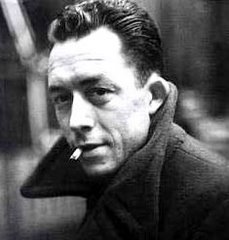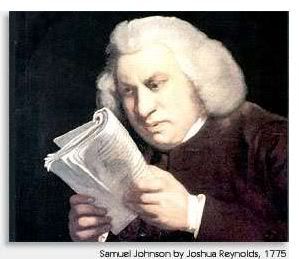The Wireless Art
"As soon as completed, it will be possible for a business man in New York to dictate instructions, and have them instantly appear in type at his office in London or elsewhere. He will be able to call up, from his desk, and talk to any telephone subscriber on the globe, without any change whatever in the existing equipment. An inexpensive instrument, not bigger than a watch, will enable its bearer to hear anywhere, on sea or land, music or song, the speech of a political leader, the address of an eminent man of science, or the sermon of an eloquent clergyman, delivered in some other place, however distant. In the same manner any picture, character, drawing, or print can be transferred from one to another place. Millions of such instruments can be operated from but one plant of this kind. More important than this, however, will be the transmission of power, without wires, which will be shown on a scale large enough to carry conviction. These few indications will be sufficient to show that the wireless art offers greater possibilities than any invention or discovery heretofore made, and if the conditions are favorable, we can expect with certitude that in the next few years wonders will be wrought by its application."
Those are the words of Nicola Tesla in an article titled "The Future of the Wireless Art" which appeared in Wireless Telegraphy & Telephony, 1908. Tesla, the much maligned and eccentric genius, had long sought the answer to electrical transmission without wires. Now tentative advancements have been made and a U.S. company has introduced a system for charging small devices, i.e. cell phones, at a short distance through the air using radio waves.
(Business 2.0 Magazine) -- How much money could you make from a technology that replaces electrical wires? A startup called Powercast, along with the more than 100 companies that have inked agreements with it, is about to start finding out. Powercast and its first major partner, electronics giant Philips, are set to launch their first device powered by electricity broadcast through the air.
It may sound futuristic, but Powercast's platform uses nothing more complex than a radio--and is cheap enough for just about any company to incorporate into a product. A transmitter plugs into the wall, and a dime-size receiver (the real innovation, costing about $5 to make) can be embedded into any low-voltage device. The receiver turns radio waves into DC electricity, recharging the device's battery at a distance of up to 3 feet.These are baby steps, but first steps.
Oh, and here's a funny ad from "Energy Star" featuring the first static electricity powered home:
Tags:Nicola Tesla PowerCast WirelessPowerTransmission






No comments:
Post a Comment